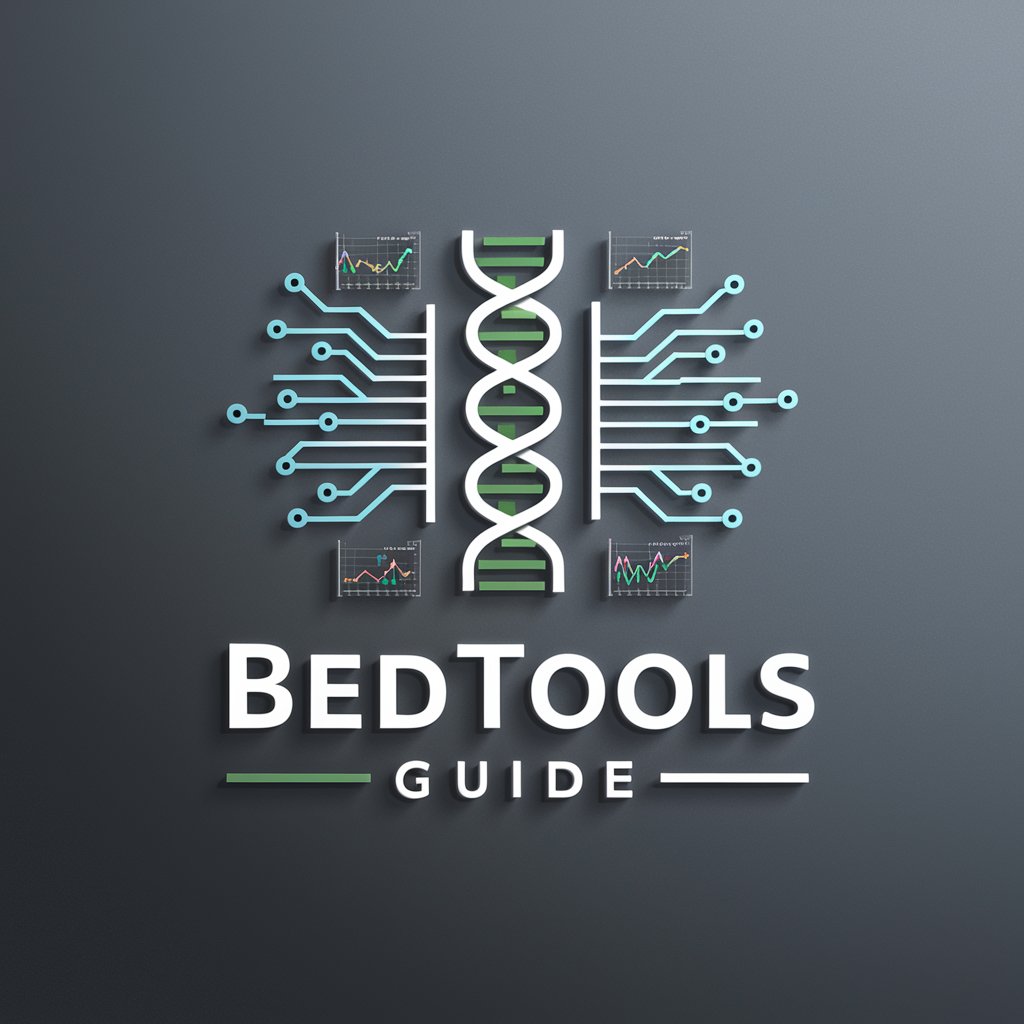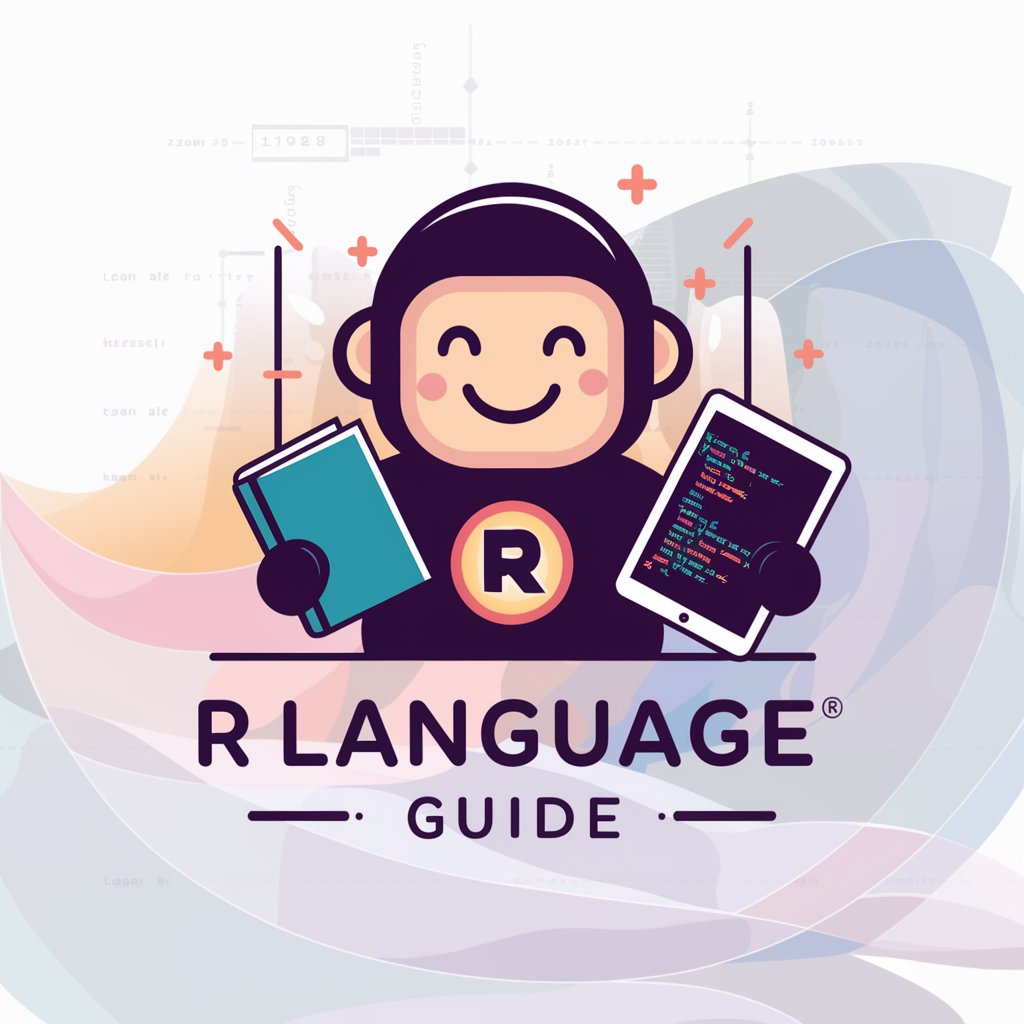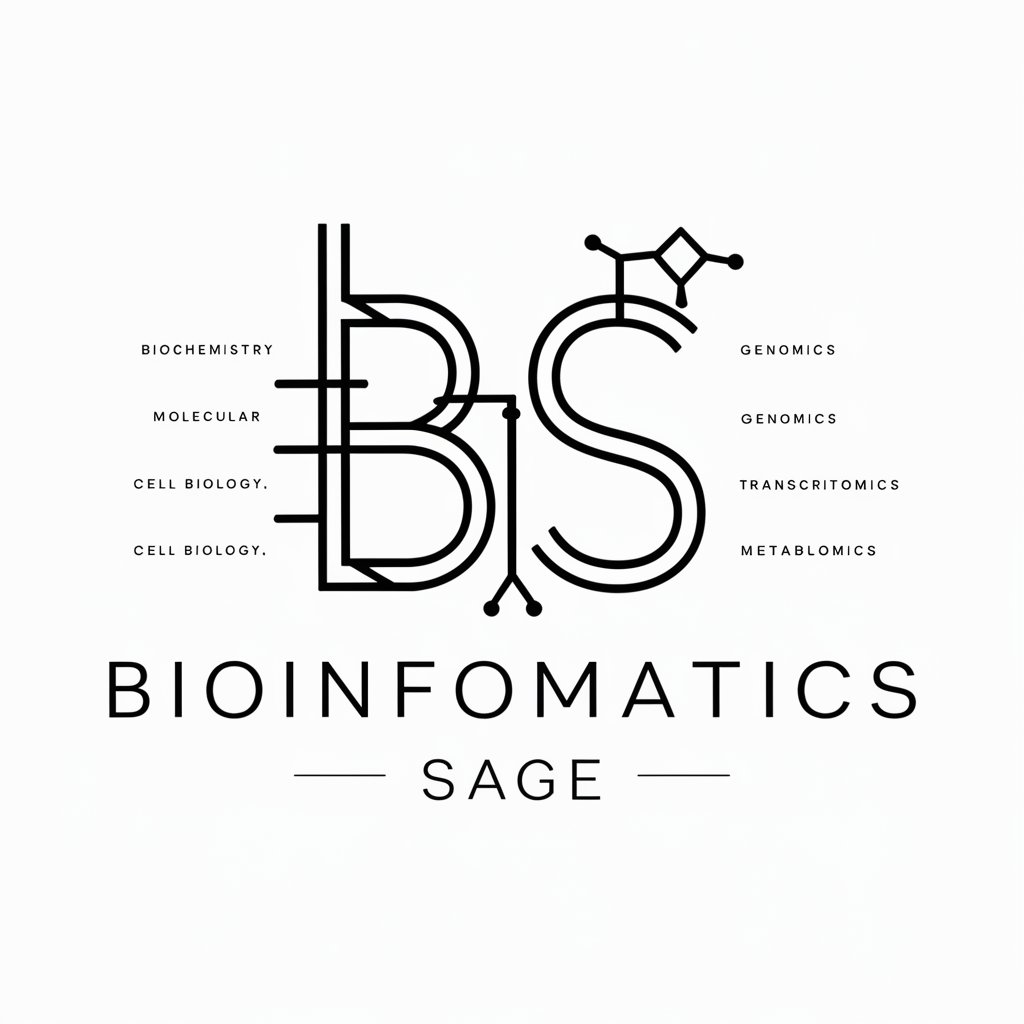Bedtools Guide - Bioinformatics Analysis Guide

Welcome to Bedtools Guide, your bioinformatics command expert.
Empowering Genomic Research with AI
Explain how to use bedtools intersect for finding overlapping regions between two BED files.
What are the key parameters for the bedtools merge command, and how do they function?
Can you describe a practical example of using bedtools genomecov to calculate coverage?
How does bedtools sort work, and what are the advantages of sorting BED files?
Get Embed Code
Introduction to Bedtools Guide
Bedtools is a powerful suite of utilities for genomic analysis, often described as a Swiss-army knife for a wide range of genomics tasks. Its core functionality revolves around genome arithmetic, or set theory applied to genomic intervals. This means it can perform operations such as intersection, merging, counting, complementing, and shuffling of genomic intervals across multiple files in popular genomic file formats like BAM, BED, GFF/GTF, and VCF. The tools within Bedtools are designed for simple individual tasks but can be combined in complex ways for sophisticated genomic analyses. Developed in the Quinlan laboratory at the University of Utah, Bedtools benefits from contributions made by scientists worldwide. Powered by ChatGPT-4o。

Main Functions of Bedtools
Intersect
Example
Identifying overlapping genes between two datasets.
Scenario
Researchers can find common genomic regions between two different datasets, such as experimental data and reference annotations, to study gene expression overlaps.
Merge
Example
Combining adjacent genomic intervals.
Scenario
This can be used to create a single interval from adjacent or overlapping intervals, simplifying genomic regions for analysis.
Count
Example
Quantifying the number of reads overlapping a target region.
Scenario
Useful in ChIP-seq analyses to quantify the enrichment of DNA-binding proteins across specific genomic regions.
Complement
Example
Finding regions of the genome not covered by any intervals.
Scenario
This can help in identifying genomic regions with no reads, indicating potential areas of low coverage or technical artifacts.
Shuffle
Example
Randomizing genomic intervals within the confines of a genome.
Scenario
Used for generating random genomic regions for control datasets in genomic studies, ensuring statistical rigor.
Ideal Users of Bedtools
Genomic Researchers
Scientists and researchers engaged in genomic studies, including gene expression analysis, ChIP-seq, and variant calling, can leverage Bedtools for data analysis and interpretation.
Bioinformaticians
Bioinformatics professionals and computational biologists who need to manipulate and analyze large genomic datasets will find Bedtools' comprehensive suite of tools invaluable for their workflows.
Educators and Students
Instructors and students in bioinformatics and genomics courses can use Bedtools as a practical tool to understand genomic data manipulation and analysis techniques.

How to Use Bedtools Guide
1. Start Your Journey
Initiate your experience by accessing a platform that offers a no-cost trial, allowing you to explore without the need for registration or a premium subscription.
2. Understand the Basics
Familiarize yourself with Bedtools by reviewing documentation or tutorials that explain its purpose in bioinformatics for manipulating genomic intervals and data.
3. Install Bedtools
Ensure you have Bedtools installed on your system. It's available for various operating systems and can be installed through package managers or from source.
4. Prepare Your Data
Organize your genomic data files in the appropriate format (e.g., BED, GFF, VCF) as required by the specific Bedtools command you plan to use.
5. Execute Commands
Start utilizing Bedtools commands tailored to your research needs, such as intersecting, merging, or comparing genomic intervals, to generate insightful biological data analysis.
Try other advanced and practical GPTs
R Language Guide
Empowering R Learning with AI

Bioinformatics Sage
Unlocking Complex Biological Data with AI

GptOracle | The Cybersecurity Threat Analyst
Your Sentinel in Cyberspace

Chloe
Elevate Your Conversations with AI
Kevin Bacon GPT
Linking Hollywood with AI Precision

Tale Tracker
AI-powered, personalized entertainment recommendations.

Inviolable Concept Resilient Self
Empowering Self-Reflection Through AI

UnitTest Genie
Automate Your Testing with AI

Wedding Whisperer
Crafting Your Unconventional Wedding Journey

Pho Finder L.A
Unveiling L.A.'s Best Pho with AI

Pho Finder OC
Discover Pho, AI-Powered Yelp Insights

Thai English Year Converter
Seamlessly bridging Thai and Western calendars.

Frequently Asked Questions about Bedtools Guide
What is Bedtools Guide?
Bedtools Guide is a specialized resource focused on explaining and providing comprehensive guidance on using Bedtools, a powerful suite of tools for bioinformatics analysis related to genomic intervals.
Can Bedtools Guide help with specific command syntax?
Yes, Bedtools Guide is designed to offer detailed explanations on the syntax and usage of various Bedtools commands, helping users to accurately perform complex genomic analyses.
Are there prerequisites for using Bedtools Guide?
Users should have a basic understanding of bioinformatics and genomic data. Familiarity with command-line interfaces and the installation of Bedtools on their computational environment are also recommended.
What common use cases does Bedtools Guide support?
Bedtools Guide supports a wide range of use cases, including but not limited to, genomic interval operations, genome arithmetic, and biological data visualization, aiding in research and academic studies.
How can I optimize my experience with Bedtools Guide?
To optimize your experience, ensure you have the latest version of Bedtools installed, clearly define your analysis goals, and practice with sample data to become familiar with various commands and their outputs.
